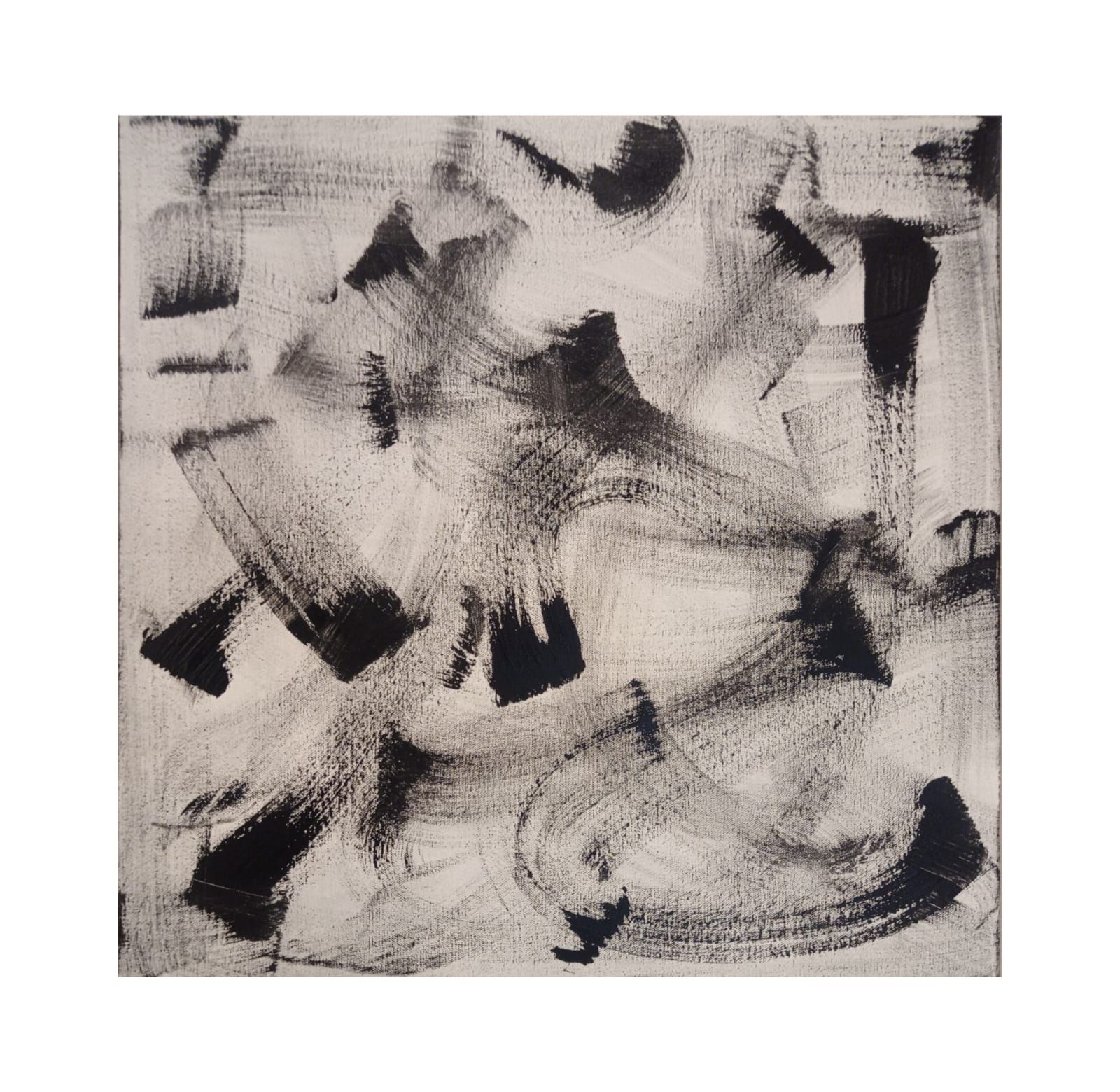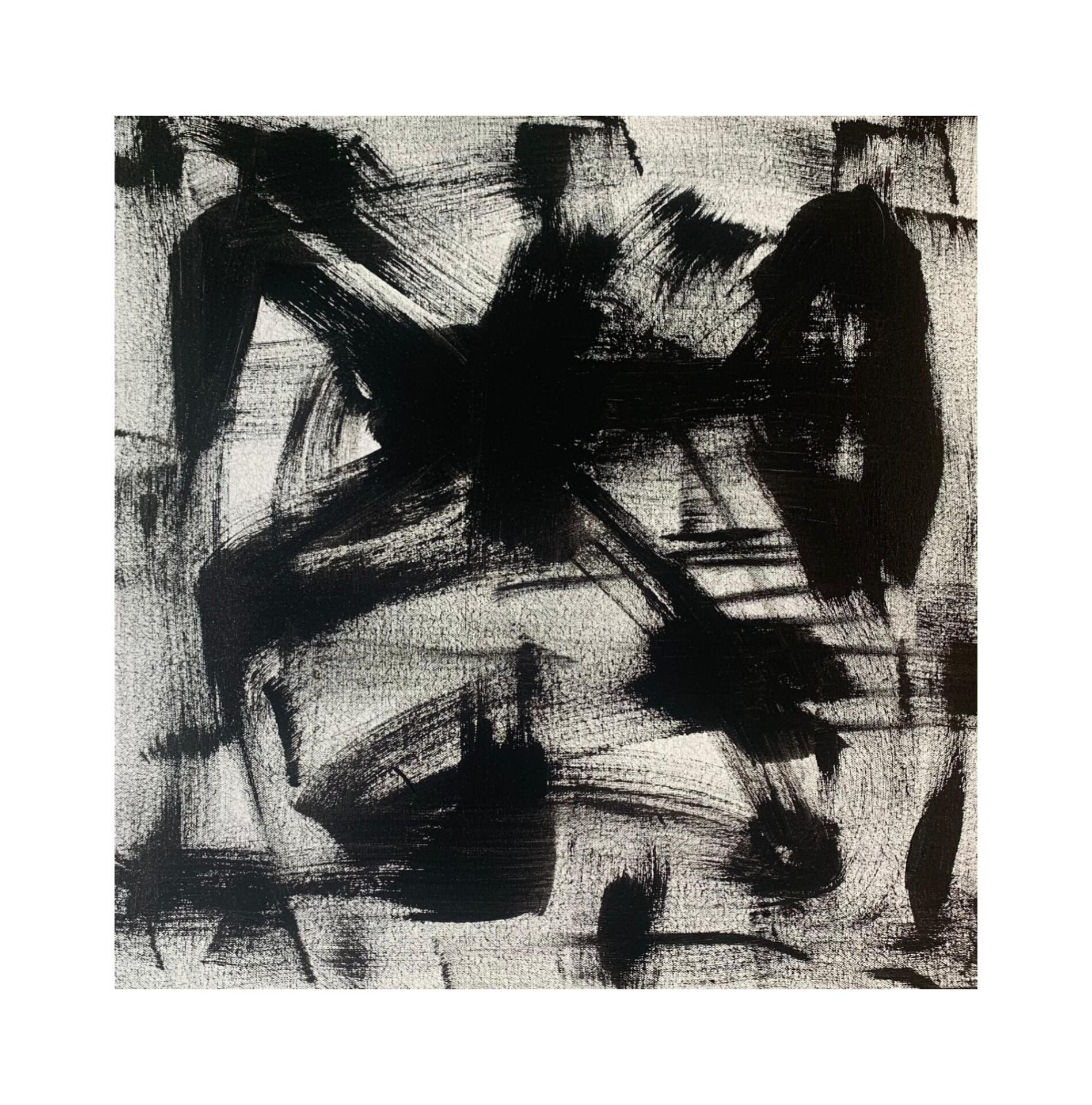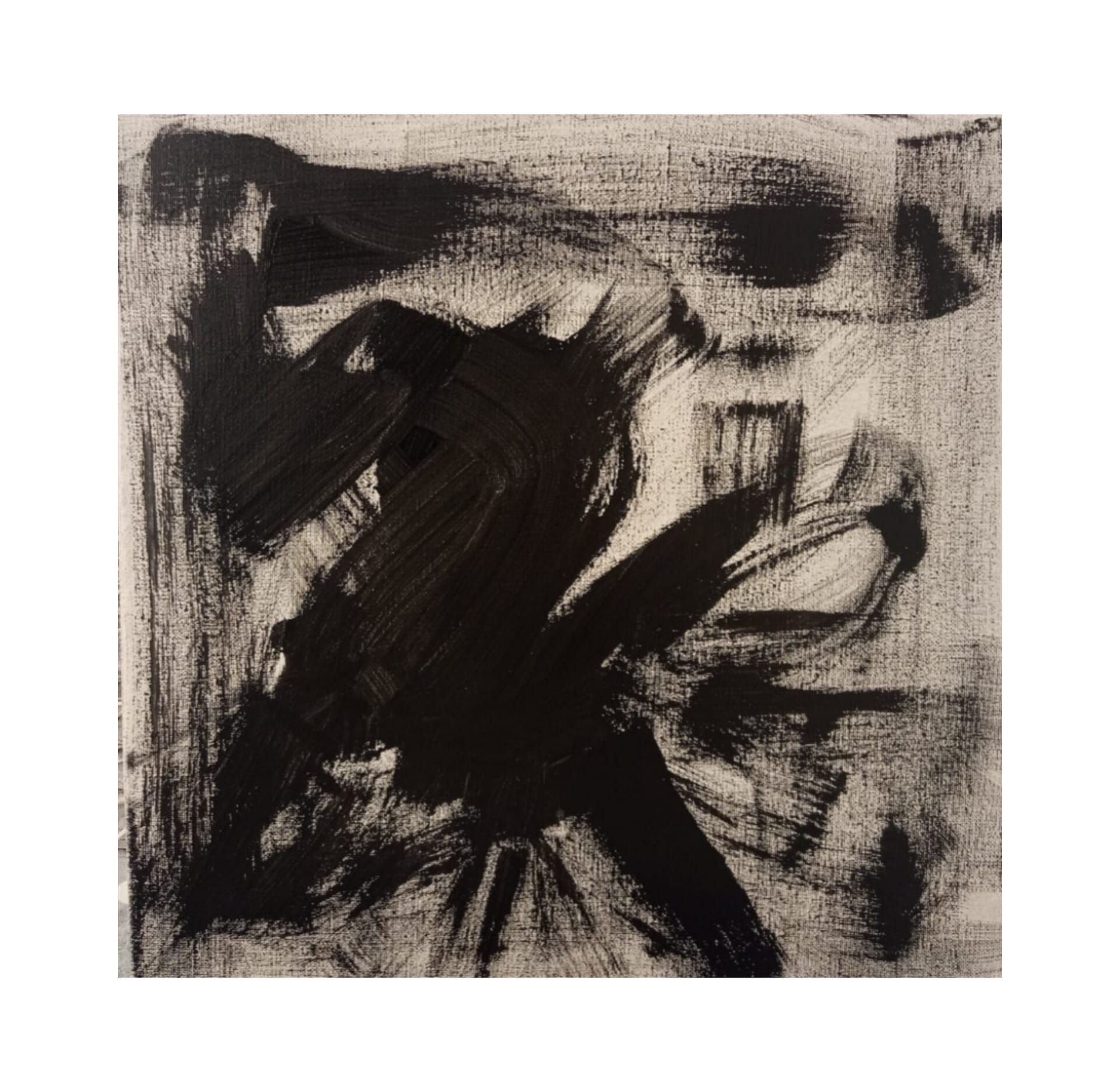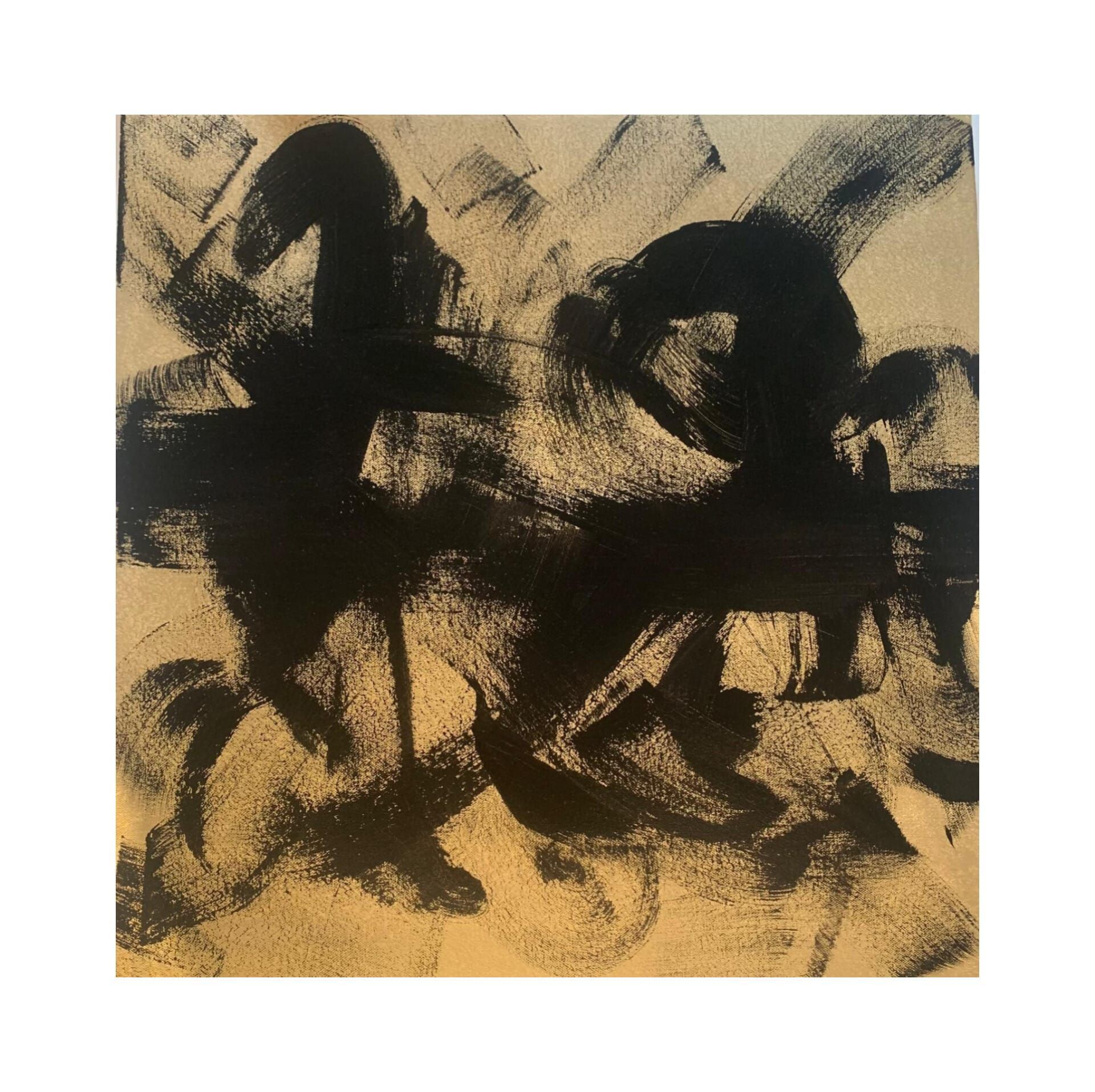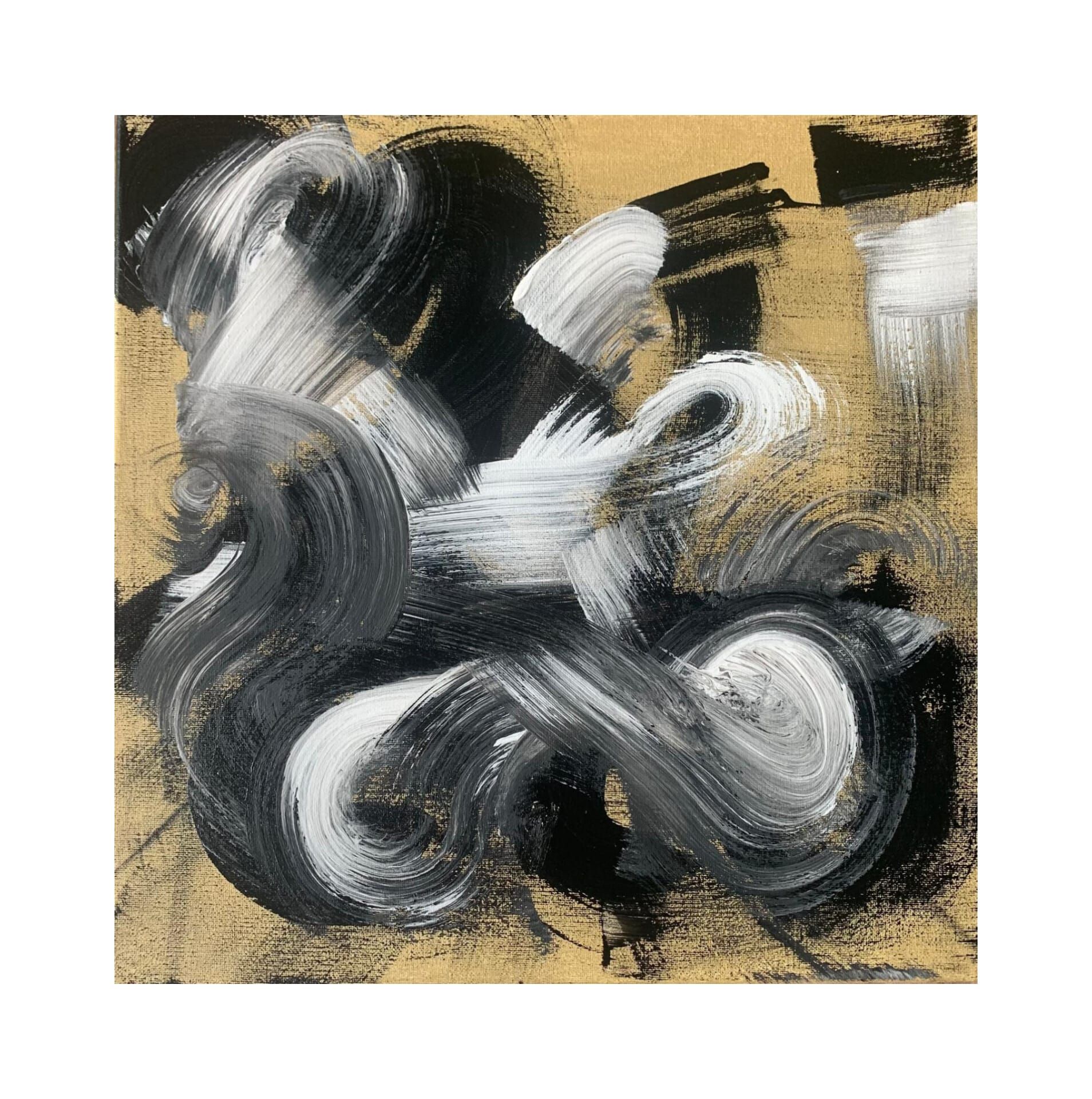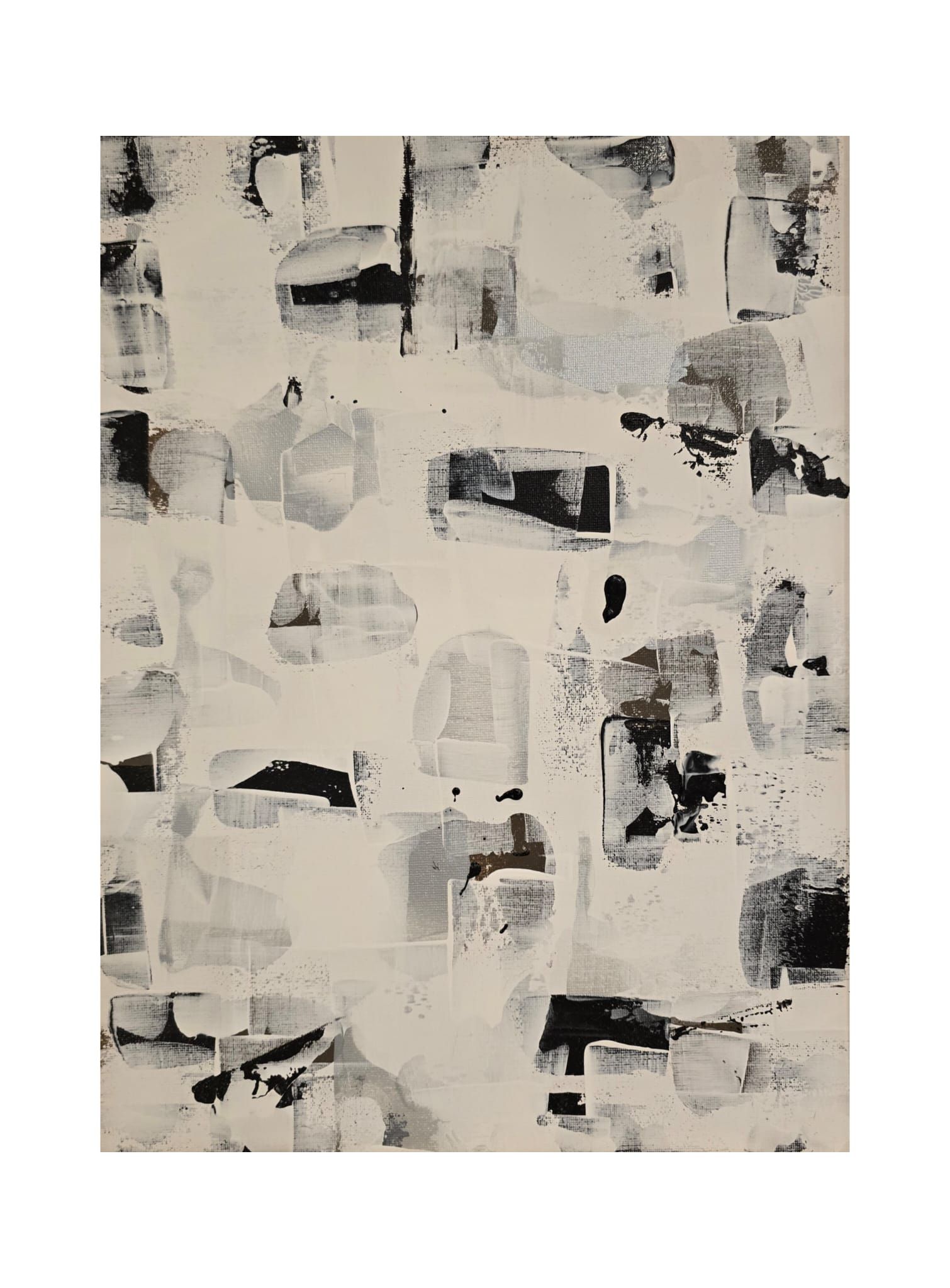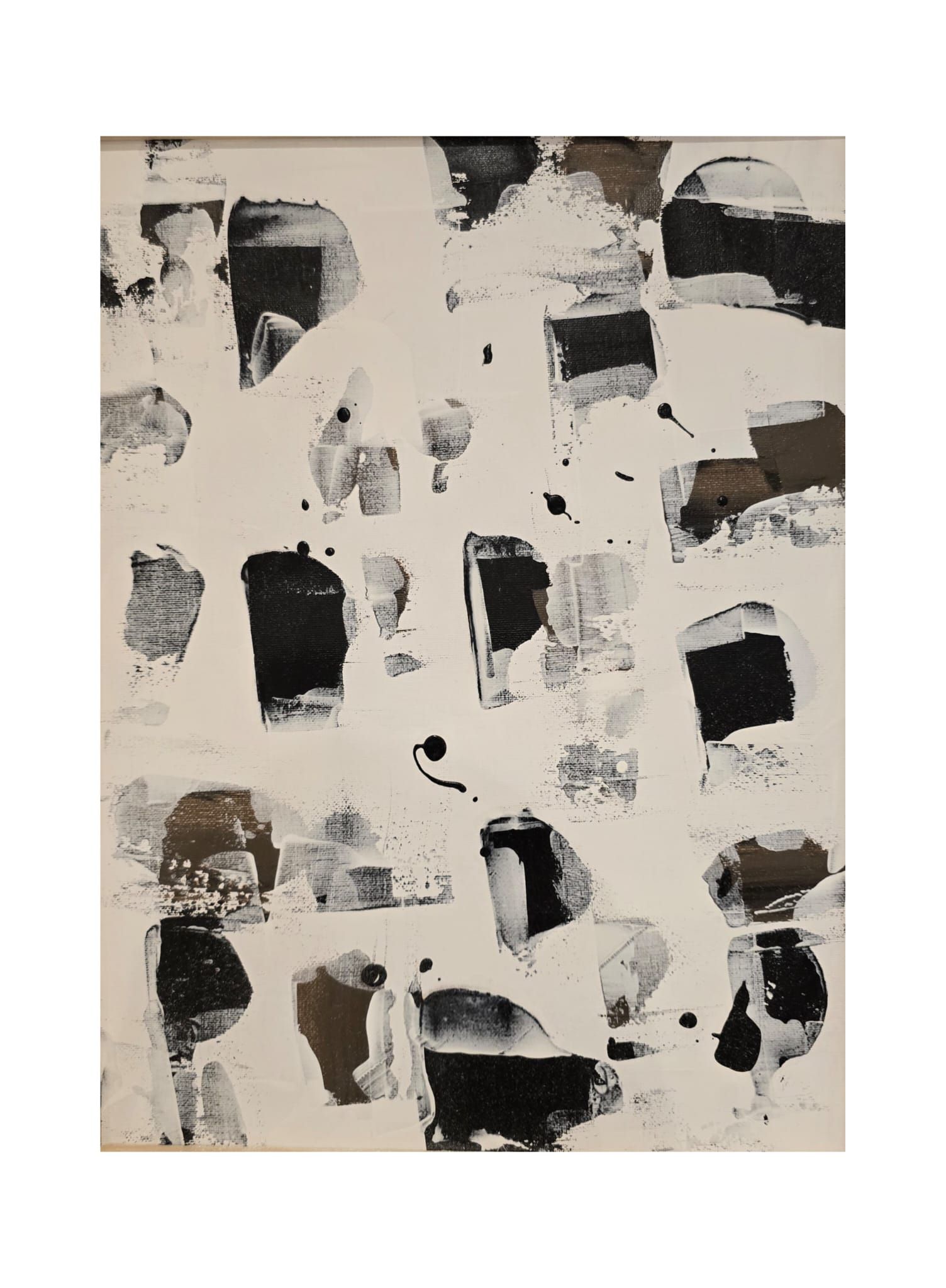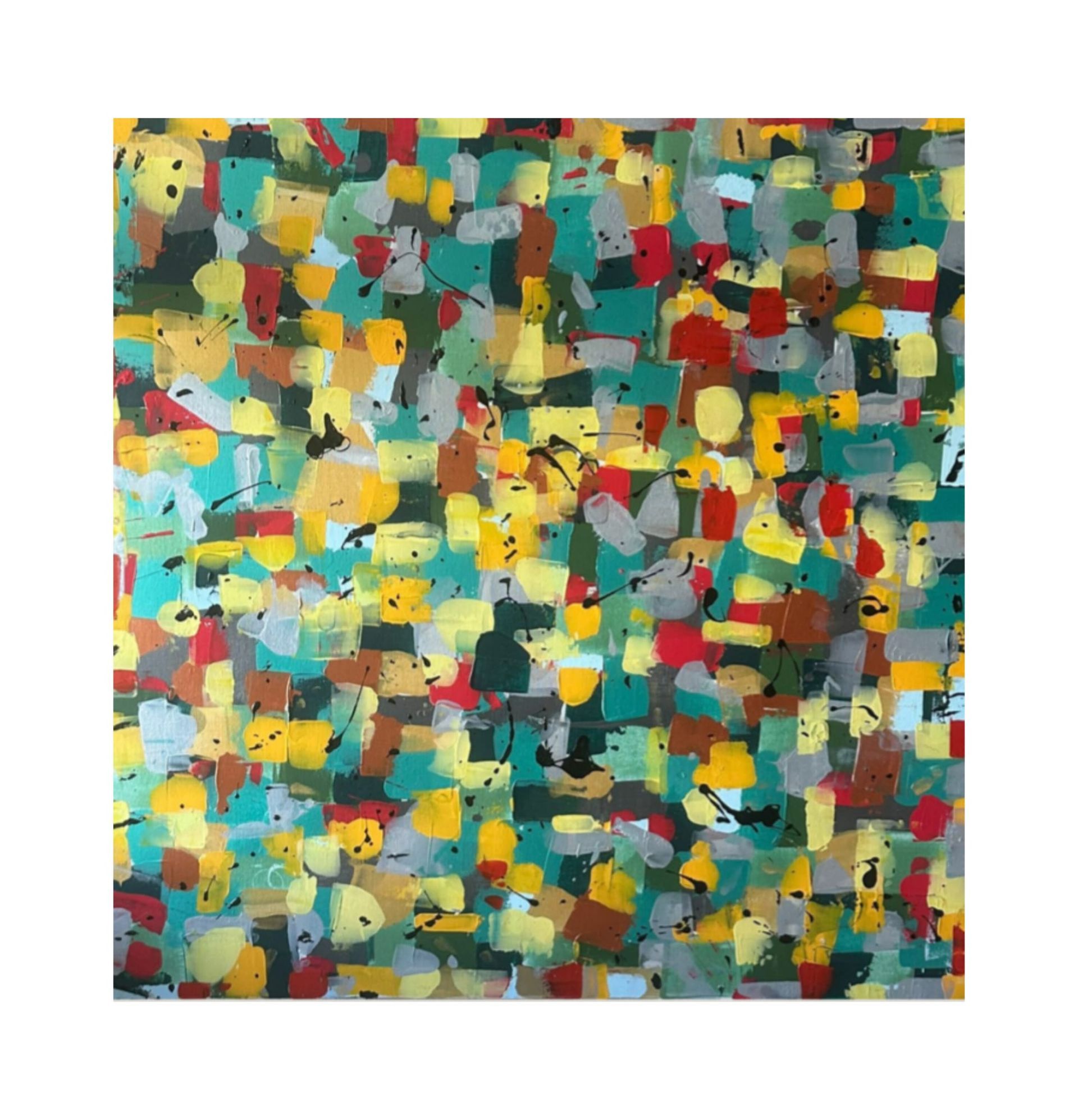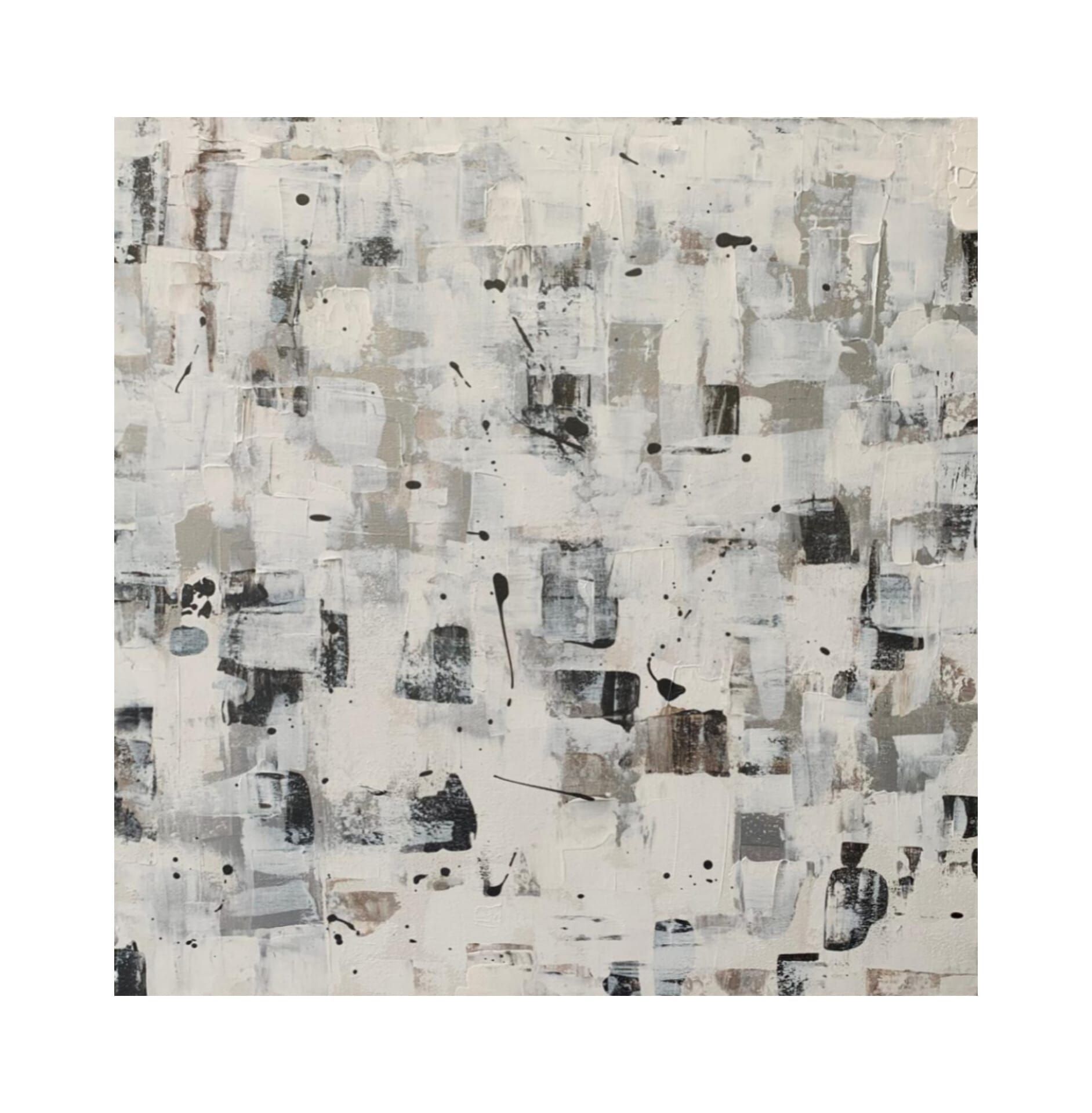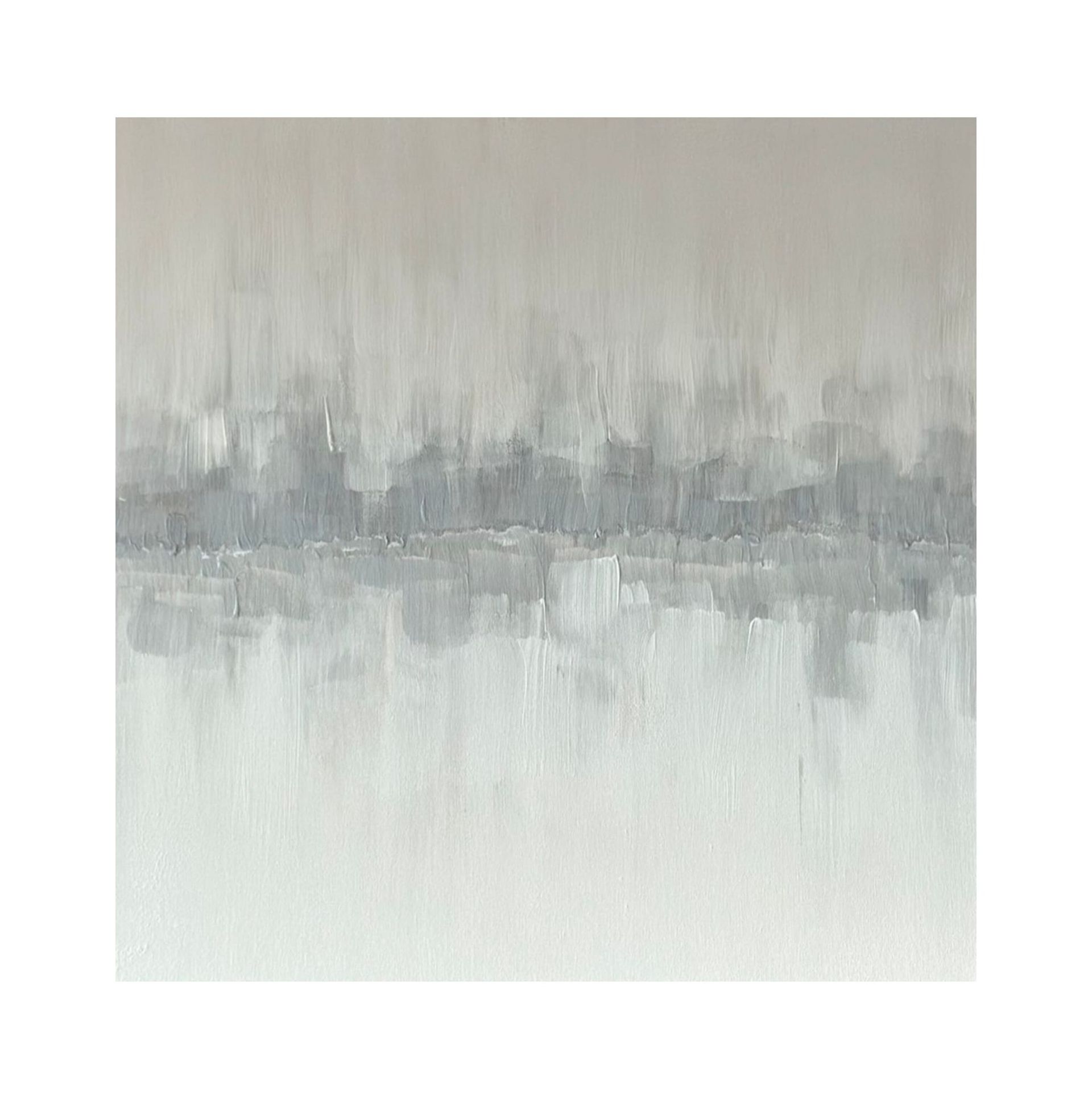Everything can inspire:
culture, nature, society, art, history, architecture, design
Hartkri decides to step forward in the art world after a period of reflection and slow maturation of what its own identity and artistic ambitions could be. It is a project born recently, which aims to dialogue with the influences of design and contemporary art. Hartkri is an aspiration born from an inspiration. Everything can inspire: culture, nature, society, art, history, architecture, design. The result is an abstract representation of reality, made up of chromatic and geometric experiments
Hartkri, the decomposition of the perception of the world and its representation ...
Hartkri, la scomposizione della percezione del mondo e la sua rappresentazione ...
After attending high school, Hartkti graduated in International Relations in Milan.
This type of studies, together with the constant heterogeneous cultural influences to which has been exposed since the artist was a child, led Hartkri to develop an artistic vision that transforms difference into a figurative syncretism. The canvases in question, in fact, re-organize the figurative language by transposing onto another scale what is experienced, in the revelation that illuminates something apparently ordinary (the Arabian night), or something less tangible but with a real disruptive force (the canvases on "chaos" or the relational canvas as "contrasts and encounters").
The differences and multiplicities are not attenuated, but presented in unison, seeking their co-existence in the aesthetic balance of the work. This transposition of co-existence takes, in many cases, the same brushstroke that oscillates between geometric perception and free form, re-actualizing the concept of co-existence. In this research, what remains in the canvas - compared to the memory of the perceived, of the experienced - is a transfiguration in a new language, in a strongly intimate key, which decides, moving on the coordinates of affection, what to preserve with the perceptive, mnemonic or imaginary encounter and which defines one's personal reality. In a latest series of the artist, this transposition of language becomes the transformation of the subject into the predicate belonging to him. In works such as "dragon", or "knight", the subject is deconstructed to finally become the action that distinguishes him, revealing himself therefore on the basis of a dynamic identity, rather than an "a priori" label with which, as a rule, we tend to parcel out the world.
-Critical text by Gianmaria Lanucara-
Dopo aver frequentato il liceo, Hartkri si laurea presso la facoltà di Relazioni Internazionali di Milano.
Questo tipo di studi, insieme alle costanti influenze culturali eterogenee alla quale è stata esposta sin dall'infanzia, portano Hartkri a elaborare una visione artistica che trasforma la differenza in un sincretismo figurativo. Le tele in questione, in effetti, ri-organizzano il linguaggio figurativo trasponendo su un’altra scala ciò che viene esperito, nella rivelazione che illumina un qualcosa di apparentemente ordinario (la notte araba), o qualcosa di meno tangibile ma con una dirompenza reale (le tele sul “caos” o la tela relazionale come “contrapposizioni e incontri”) . Le differenze e le molteplicità non vengono attenuate, ma presentate all’unisono ricercandone una co-esistenza nell’equilibrio estetico dell’opera. Questa trasposizione della co-esistenza assume, in molti casi, una stessa pennellata che oscilla tra percezione geometrica e forma libera, ri-attualizzando il concetto della coesistenza. In questa ricerca, ciò che resta nella tela -rispetto al ricordo del percepito, dell’esperito- è una trasfigurazione in un linguaggio nuovo, in chiave fortemente intimistica, che decide, muovendosi sulle coordinate dell’affetto, cosa conservare con l’incontro percettivo, mnemonico o immaginario e che definisce la propria realtà personale. In un’ultima serie dell’artista, questa trasposizione di linguaggio diventa la trasformazione del soggetto nel predicato a lui appartenente. Nelle opere come “drago”, o “cavaliere”, il soggetto si decostruisce per diventare finalmente l’azione che lo contraddistingue, rivelando sé stesso sulla base dunque di un’identità dinamica, più che a un’etichetta “a priori” con la quale, di norma, tendiamo a parcellizzare il mondo.
-Testo critico a cura di Gianmaria Lanucara-
